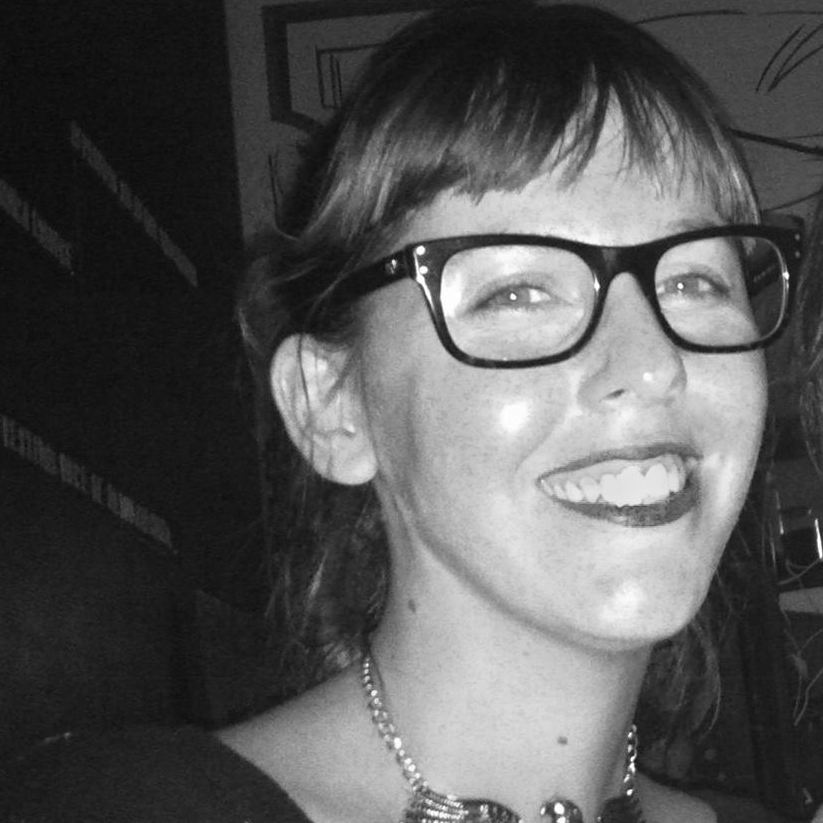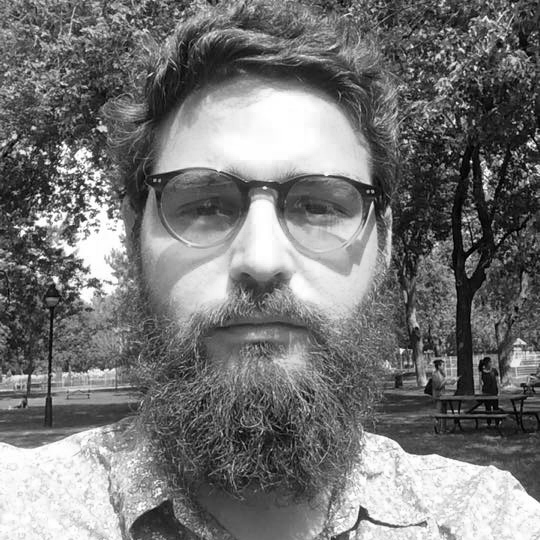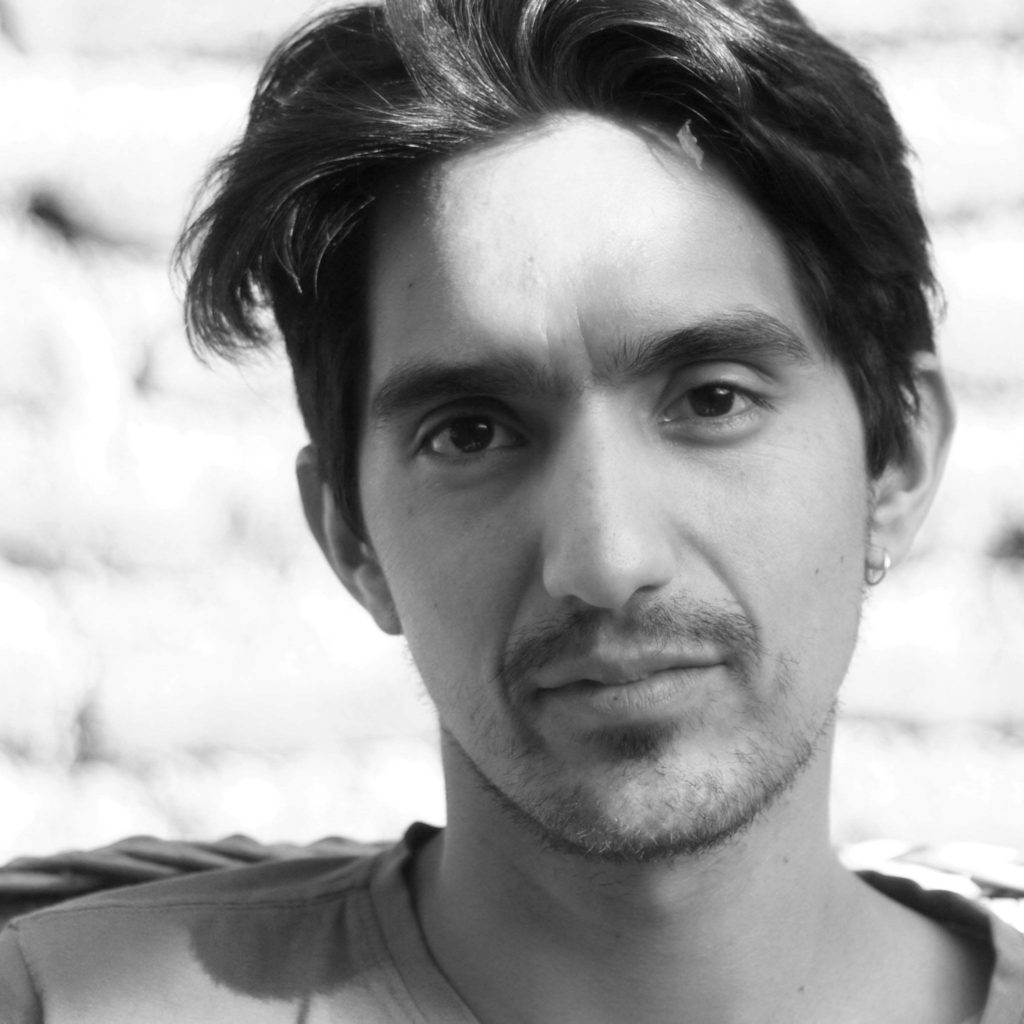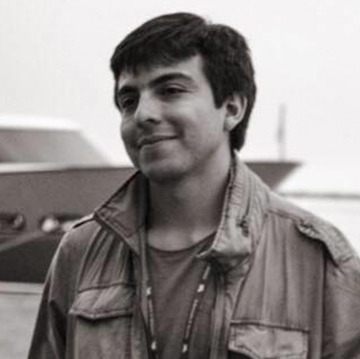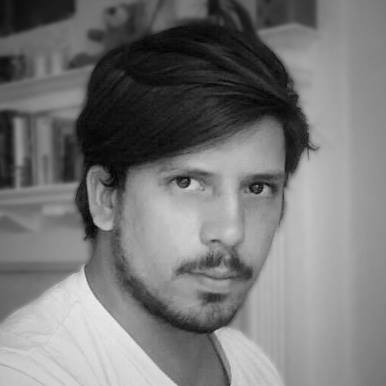
N3ST PROPOSAL BY THE UNIVERSAL PROJECTS TEAM
Project consists of developing a human habitat, built from native materials and with a capacity to welcome exploration on Mars. This project is defined by three main conditions: a hostile environment, a low gravity setting (0.3 G) and a high degree of uncertainty. We propose a failsafe design, taking into consideration the technological capabilities that will exist in 2030, and with the following three notions driving the design: Redundancy, manifested in the creation of different inhabitable layers; Simplicity, expressed in simple design principles, while embedding complexity in processes that do not compromise the operation’s success; and Incrementalism, or the idea that the complexity of the design comes from the overlapping or addition of multiple, simple operations.
DIGITAL FABRICATION EXOLAYER STRATEGY
Martian atmospheric conditions stabilization is a pressing issue related with inhabitation. Winds, sandstorms, thermal variations and lethal solar radiation are all threats to explorers’ living conditions. What we propose is an exolayer layer made of a vertical foam sandwich, made from molten silicates of the Martian surface (i.e. Olivine), and a gaseous phase made of hydrogen from the water present in the Martian soil. This hydrogen is crucial to sift the high-energy particles from cosmic radiation, therefore protecting the astronauts. The 3D printing process will allow us to manipulate the amount of hydrogen and molten silicates in order to optimize the layer’s structural performance.
N3ST00
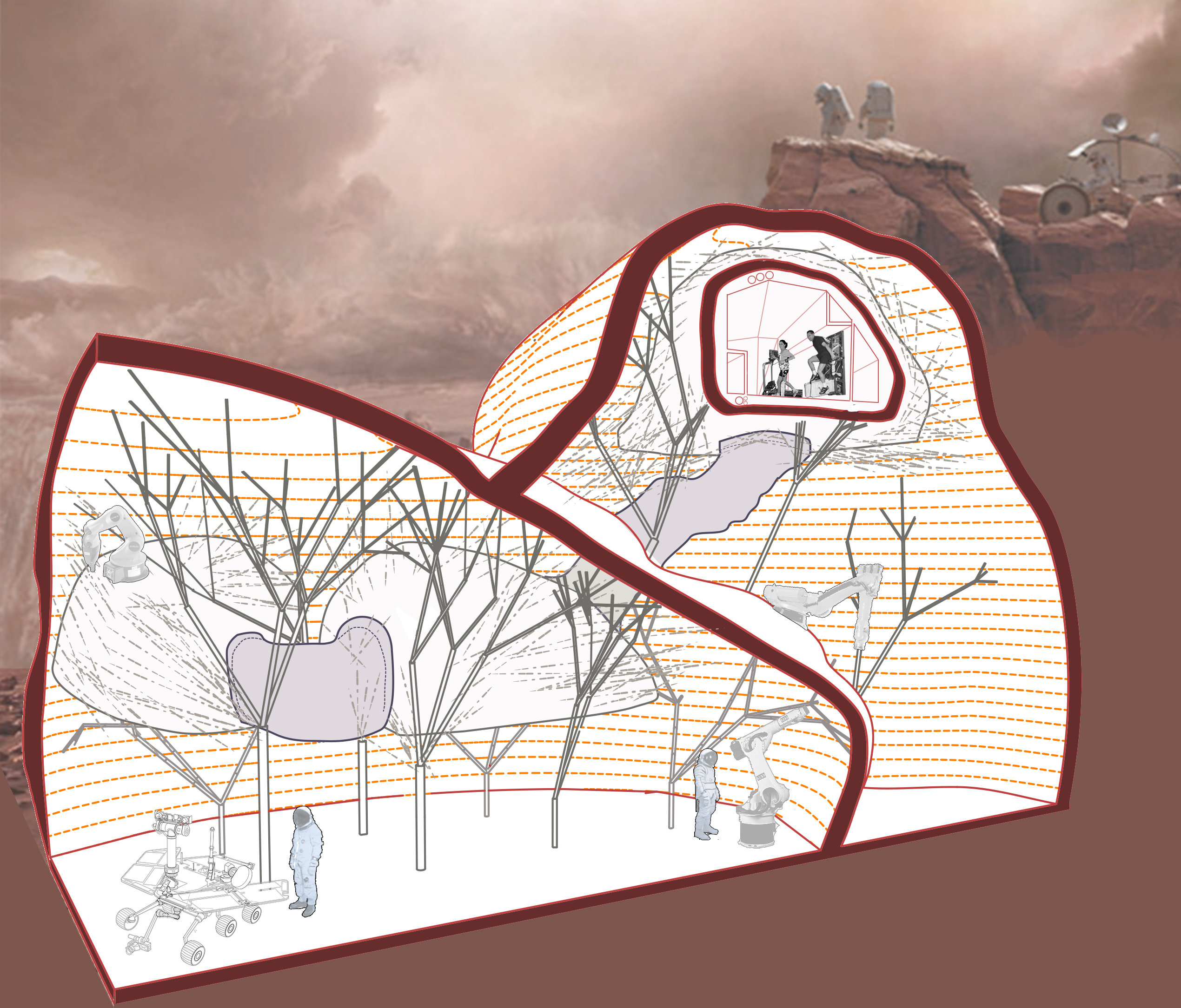
This is the first draft and idea about how to build something in an hostile environment. There is a green organism in the Atacama desert called “Yareta”. What makes this evergreen perennial Plant unique is the fact that they have a super park leaf system that grows half inch per year. We were inspired by the fact that the big ones are thousands of years old, thriving in the hardest and driest place on earth. We wanted those ideas to be part of our proposal, an environment that slowly but relentlessly expands and adapts to the harsh Mars environment conditions.
N3ST01
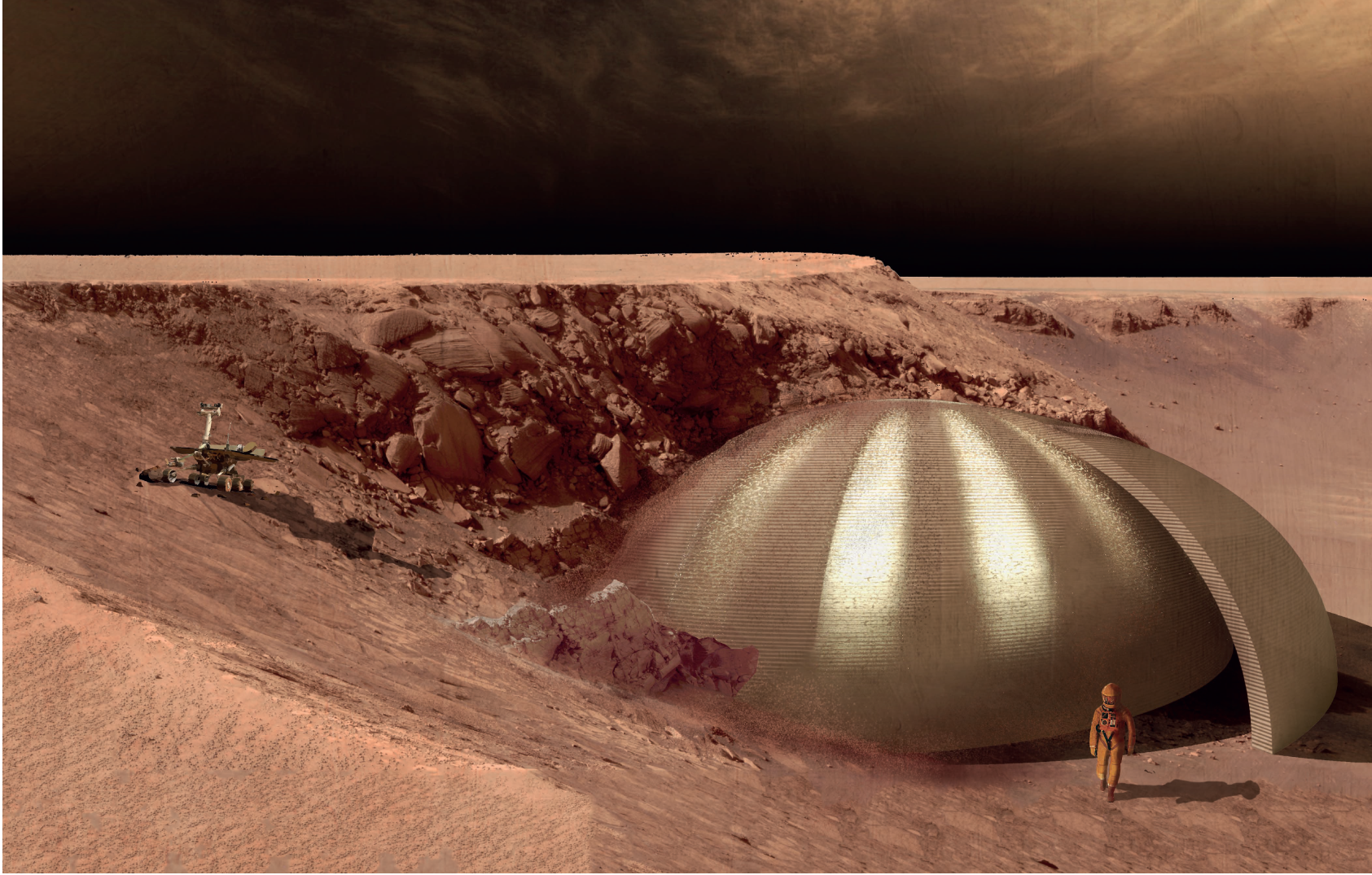
In this previous iteration, less detailed in the exterior layer, we developed the plug-and-play interior. The Endo Layer constitutes the Habitable Volume; its design meets all the necessary functions for the development of the astronaut’s activities. This layer makes up the furniture, equipment and hosts the resources supply network. The morphology of this layer will be determined by the triple intersection of an explorer’s body movements, the object’s purpose, and the construction system.
N3ST02

In the second iteration, we developed the idea of aligning multi-material printing with failsafe principles. In short, different material systems with different objectives should be implemented. For instance, the external layer has different material and properties, and the second layer is a reinforced, sealed glass-bubble structure, due to the need for a pressurized volume defined by the Environmental Control and Life Support System (ECLSS).


